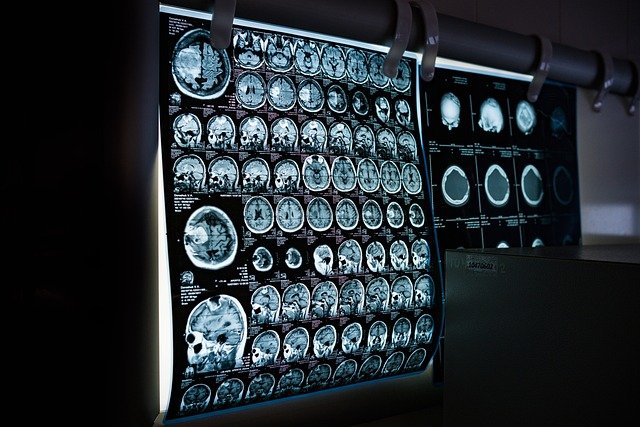Virtual Reality - The New Vanguard in Performing Arts
Virtual reality (VR) has been a hot topic in the tech world for a while. Now, it's making waves in the arts and entertainment industry, opening up a new avenue for artists and creatives to showcase their talents. This article will delve into the exciting world of VR as it intersects with the performing arts, exploring its history, recent developments, and the impact it's having on the industry.

Virtual Reality: A Brief History
The concept of virtual reality has been around for decades, with early experiments dating back to the 1960s. But it wasn’t until the 1990s and early 2000s that we began to see the first commercial VR systems emerge. However, it’s only in the last decade that VR technology has really taken off, largely thanks to advancements in computer graphics and hardware.
The Intersection of VR and Performing Arts
Fast forward to the present day, and VR is now making a significant impact on the performing arts. New York’s Tribeca Film Festival, for example, has a section dedicated to VR experiences. Dance companies are using VR to create immersive performances, and theatre groups are exploring how VR can bring plays to life in ways previously unimaginable.
Current Trends
One of the most exciting trends in this space is the emergence of VR operas. These productions use VR to immerse viewers in the performance, allowing them to experience the opera from a perspective that would be impossible in a traditional setting. Plus, VR allows for greater accessibility, as viewers don’t need to physically attend a performance to experience it.
The Impact and Significance of VR in Performing Arts
The impact of VR on the performing arts cannot be understated. It provides artists with a whole new medium to explore and experiment with. It also democratizes access to the arts, as anyone with a VR headset can experience high-quality performances from anywhere in the world.
The Future of VR in Performing Arts
The future of VR in the performing arts looks promising. As technology continues to advance, we can only expect more innovative and immersive experiences. While there are still hurdles to overcome, particularly in terms of making the technology more affordable and accessible, the potential for VR to revolutionize the performing arts is clear.
Virtual reality is more than just a technological novelty—it’s a powerful tool that’s transforming the way we create and experience art. As it continues to evolve, we can look forward to a future where the boundary between reality and the virtual world becomes increasingly blurred, taking our appreciation for the performing arts to new heights.




